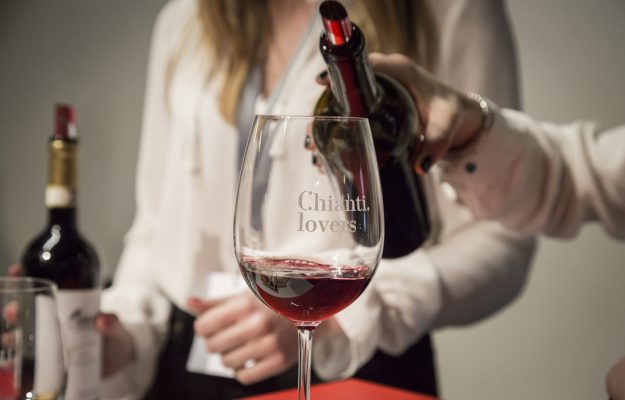Changing to re-launch and changing to meet the tastes of the market, whose desires, like it or not, define company budgets, and therefore the ability to pay salaries and expenses, to invest, to promote, to improve, and to contribute to maintaining the splendor of the Italian wine territories. This is the sentiment trending throughout most of Italian winegrowing areas, from North to South, as the many recent regulation changes have revealed, like those of Wines of Valpolicella or Prosecco DOCG, as well as many others. The most recent, in chronological order, is the one the Chianti Wine Consortium has adopted, the largest of the Tuscan Denominations (where some, as WineNews rumors have it, excluding the predominance of Sangiovese, are postulating a possible modification of the proportions between vineyards that regulations allow), which has received the go-ahead to modify the value of the maximum sugar residue. This modification is in line with the European Community parameters set for dry wines, and “will allow for a maximum parameter of 4 grams / liter, or within 9 grams / liter, provided the total acidity content, expressed in grams of tartaric acid per liter, is not more than 2 grams lower than the residual sugar content”.
Besides these technical details, this change, explained the chairman of the Consortium, Giovanni Busi, “will guarantee greater competitiveness and a greater capability for Chianti DOCG wine to align itself with consumers’ tastes, which inevitably change over time. This change will also allow the companies that are interested, to present their high quality dry wines, which are more pleasing to the palate on the primarily Oriental and American markets. Many companies have been waiting for this change to arrive and now, if they so wish, they can adopt these new standards. Consequently, we expect an increase in sales on foreign markets, which already have great potential and on which there are wider margins for development”.
Furthermore, changing to be more dynamic on the market, but at the same time, keeping one’s identity, is a necessity that has always been a fundamental part of the wine business. Therefore, in Italy, which exports so many denominations, it is an absolute must to take into account international tastes. At the moment, the Consortium has specified that the change will be introduced only on the national level, starting with the 2019/2020 harvest year. Instead, for wines that will become “Chianti” PDO, it will start with the 2018/2019 and prior vintages, as long as they have the requirements established in the consolidated specifications. However, before the amendment to the specifications can be applied in the European Union territory and in third countries, it must be published in the Journal of the European Union. The publication should be issued within three months from the date that the Ministry forwarded the request to the European Commission, on July 25, 2019. Only after this step has been accomplished, then Chianti DOCG wines that will have the new maximum sugar residue limit will be able to freely circulate even outside of Italy.
Copyright © 2000/2025
Contatti: info@winenews.it
Seguici anche su Twitter: @WineNewsIt
Seguici anche su Facebook: @winenewsit
Questo articolo è tratto dall'archivio di WineNews - Tutti i diritti riservati - Copyright © 2000/2025








































































































































































































